Hi folks,
I've been attempting to get a photo that has a bokeh effect, and I need help. I've got one shot that sorta worked but in most I'm either blowing out the lights and over exposing them or under exposing the main subject and getting the lights to give a good effect.
Unfortunately my laptop is flatso can't post photos just yet but does anyone have some tips I can try in the mean time
thanks MMF







 Thanks useful information:
Thanks useful information: 
 Reply With Quote
Reply With Quote Add To Bookmarks
Add To Bookmarks











 Threadstarter
Threadstarter




















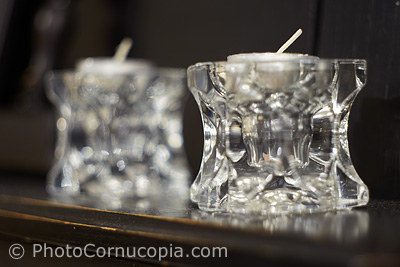
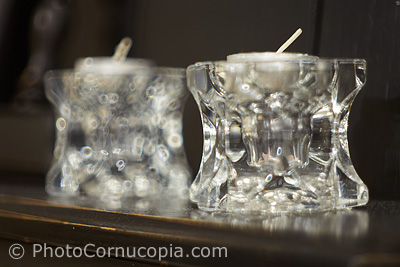
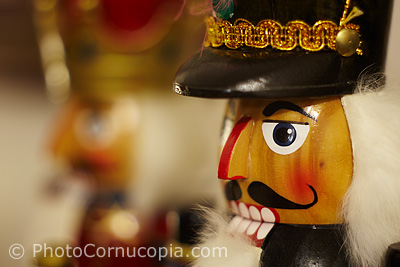

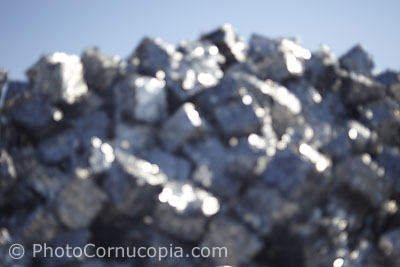
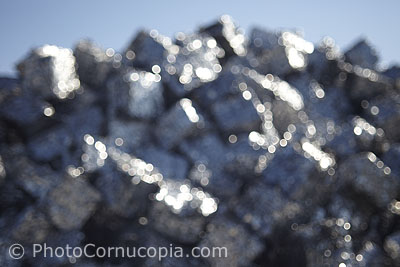








 But as we say, bokeh is subjective.
But as we say, bokeh is subjective. 



